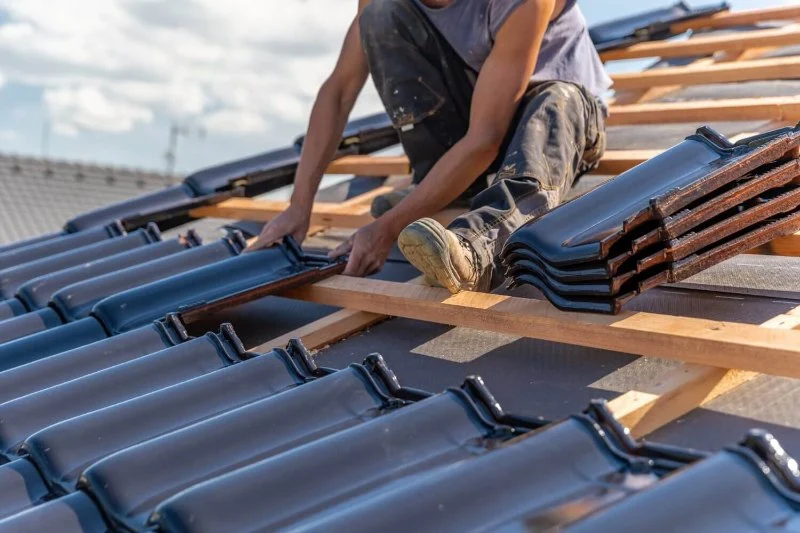
DIY Roof Repair Tips: What You Can Safely Do Yourself
- 1- Why Repairing Your Roof Can Be a Smart DIY Project
- 2- Common Roof Problems You Can Fix Yourself
- 3- Essential Tools and Materials for DIY Roof Repair
- 4- Important Safety Tips for DIY Roof Repairs
- 5- When to Call a Professional Roofer
1- Why Repairing Your Roof Can Be a Smart DIY Project
Roof repairs can often seem daunting, but many homeowners find that tackling minor issues themselves can save money and time. DIY roof repair is particularly effective for small leaks, missing shingles, and minor damage. By addressing these problems early, you can prevent more significant damage and extend the lifespan of your roof. Additionally, it can be a satisfying and cost-effective way to maintain your home, especially if you’re dealing with issues that don’t require extensive professional expertise.
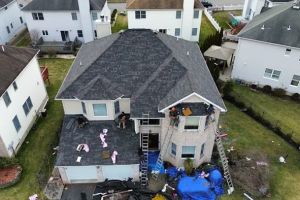
Absolute Roofing / absolute roofing
TimoniumBaltimore CountyMaryland
22 W Padonia Rd # B229, Timonium, MD 21093, USA
2- Common Roof Problems You Can Fix Yourself
Several roof issues can be repaired safely by homeowners without professional assistance. Some of the most common ones include:
- Leaky Roofs: Small leaks caused by damaged shingles or gaps in the roofing material can usually be sealed with roofing cement or caulk.
- Missing Shingles: Replacing missing shingles is a simple task that only requires a few basic tools like a hammer and replacement shingles.
- Clogged Gutters: Gutter cleaning is another common maintenance task that can prevent water from pooling on your roof and causing damage.
- Loose Flashing: Flashing that is loose or damaged can often be resealed with roofing tar or a roofing sealant.
3- Essential Tools and Materials for DIY Roof Repair
Before you start, ensure you have the right tools and materials. Some of the essential items for DIY roof repair include:
- Replacement Shingles: Always have extra shingles on hand that match your current roof style.
- Roofing Cement or Caulk: These are used to seal cracks, gaps, and small leaks.
- Ladder: A sturdy ladder is essential for reaching your roof safely.
- Roofing Nails and Hammer: These are needed for securing shingles or flashing.
- Safety Gear: Safety harnesses, gloves, and slip-resistant shoes are crucial to avoid injuries.
4- Important Safety Tips for DIY Roof Repairs
Working on a roof can be dangerous, so safety should always be a top priority. Here are some essential safety tips:
- Use a Sturdy Ladder: Make sure your ladder is securely placed on a level surface before climbing.
- Wear Safety Gear: Always wear gloves, a helmet, and slip-resistant shoes when working on a roof.
- Check the Weather: Avoid roof repairs during wet or windy weather conditions, as this increases the risk of slips and accidents.
- Use Fall Protection: Consider using a safety harness when working on a steep roof or at high elevations.
5- When to Call a Professional Roofer
While many small roof repairs can be handled by homeowners, there are certain situations where it’s best to call in a professional:
- Severe Damage: Large leaks, extensive damage, or structural issues should be left to professional roofers to ensure proper repairs.
- Steep or High Roofs: If your roof is steep, very high, or difficult to access, it’s safer to have a professional handle the repairs.
- Warranty Concerns: If your roof is still under warranty, DIY repairs may void the warranty. Always consult with your roofing company before attempting repairs yourself.
For homeowners looking for more information about roof repairs or seeking professional assistance, visit Pro Found Roofing, where you can find expert services and quality roofing products.
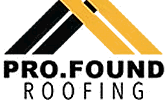






 Star Exterior Design Llc5.0 (1 reviews)
Star Exterior Design Llc5.0 (1 reviews) High Level Roofing LLC5.0 (4 reviews)
High Level Roofing LLC5.0 (4 reviews) Hustad Companies Inc - Service Department5.0 (4 reviews)
Hustad Companies Inc - Service Department5.0 (4 reviews) L & E Home Improvements, LLC5.0 (2 reviews)
L & E Home Improvements, LLC5.0 (2 reviews) Riley Roofing Company5.0 (38 reviews)
Riley Roofing Company5.0 (38 reviews) FL Specialty Roofing4.0 (33 reviews)
FL Specialty Roofing4.0 (33 reviews)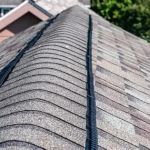 How to Install Ridge Shingles and Caps for a Finished and Watertight Roof
How to Install Ridge Shingles and Caps for a Finished and Watertight Roof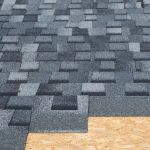 The Benefits of Architectural Shingles for Their Dimensional Look and Durability
The Benefits of Architectural Shingles for Their Dimensional Look and Durability Understanding Green Roofs: Benefits, Installation, and Considerations
Understanding Green Roofs: Benefits, Installation, and Considerations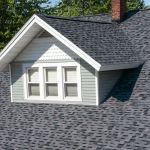 What Roof Color Is Best for Energy Efficiency? Climate-Based Guide
What Roof Color Is Best for Energy Efficiency? Climate-Based Guide The Signs of an Aging Roof: Granule Loss, Brittle Shingles, and Sun Damage
The Signs of an Aging Roof: Granule Loss, Brittle Shingles, and Sun Damage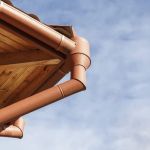 How to Choose the Right Gutter System to Protect Your Roof and Foundation
How to Choose the Right Gutter System to Protect Your Roof and Foundation